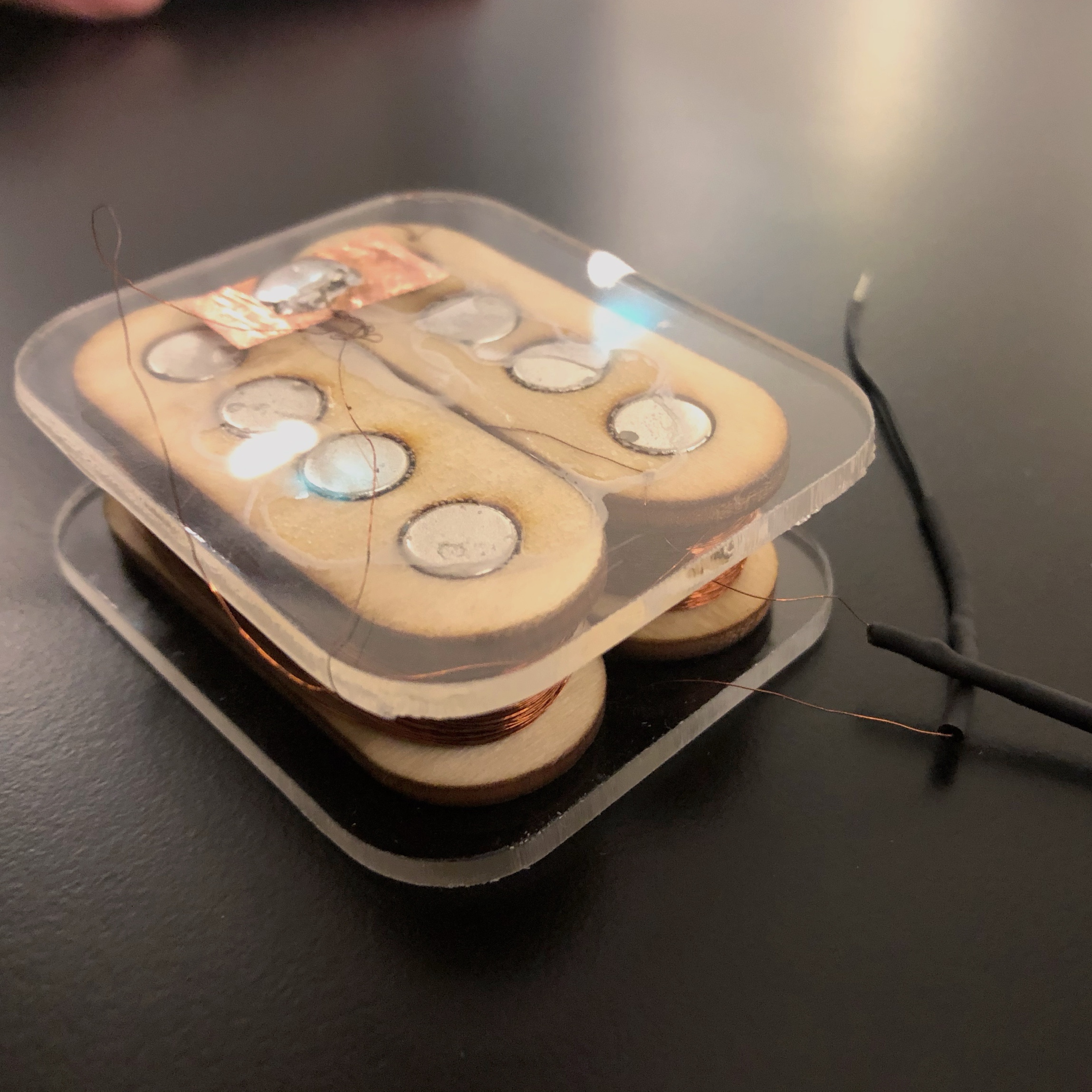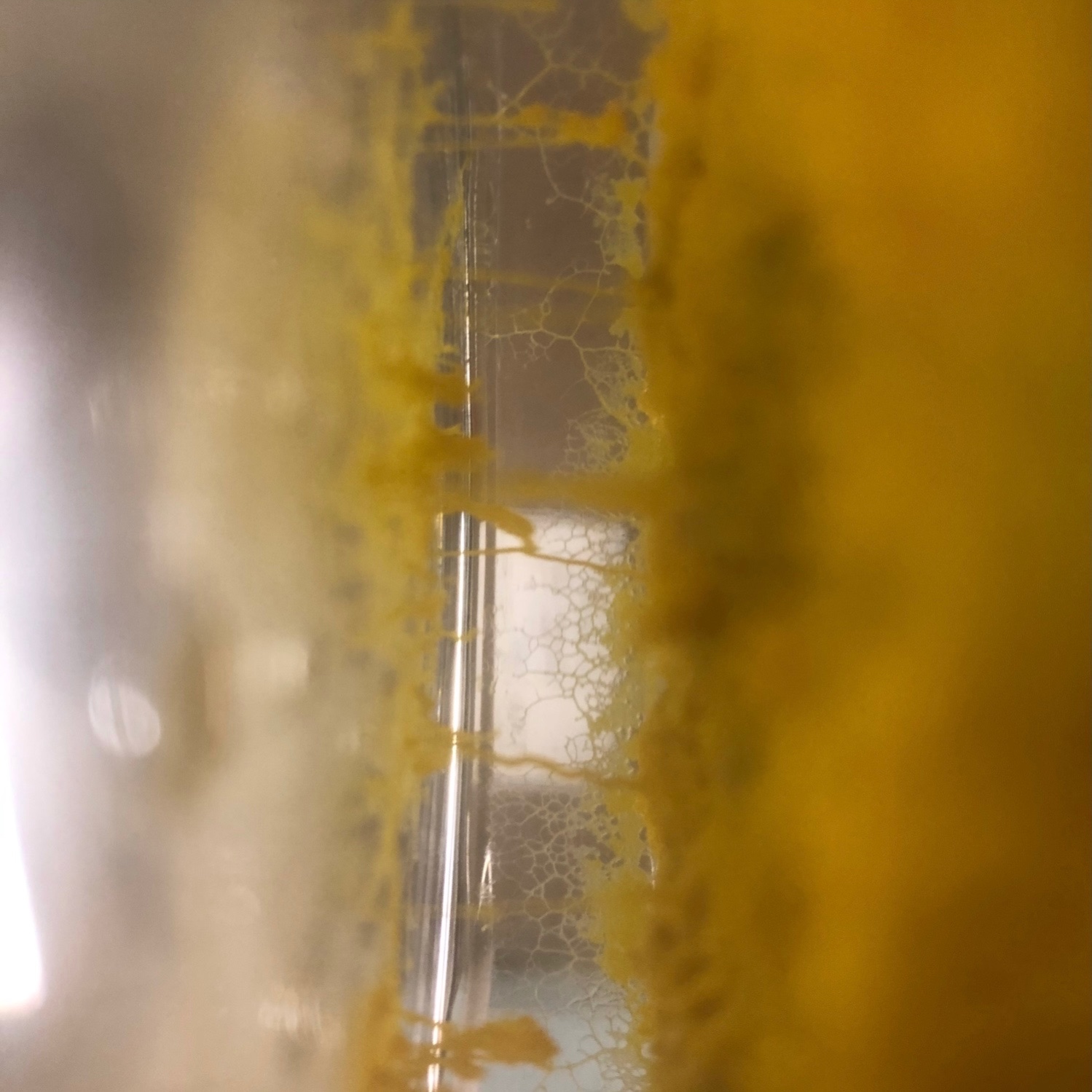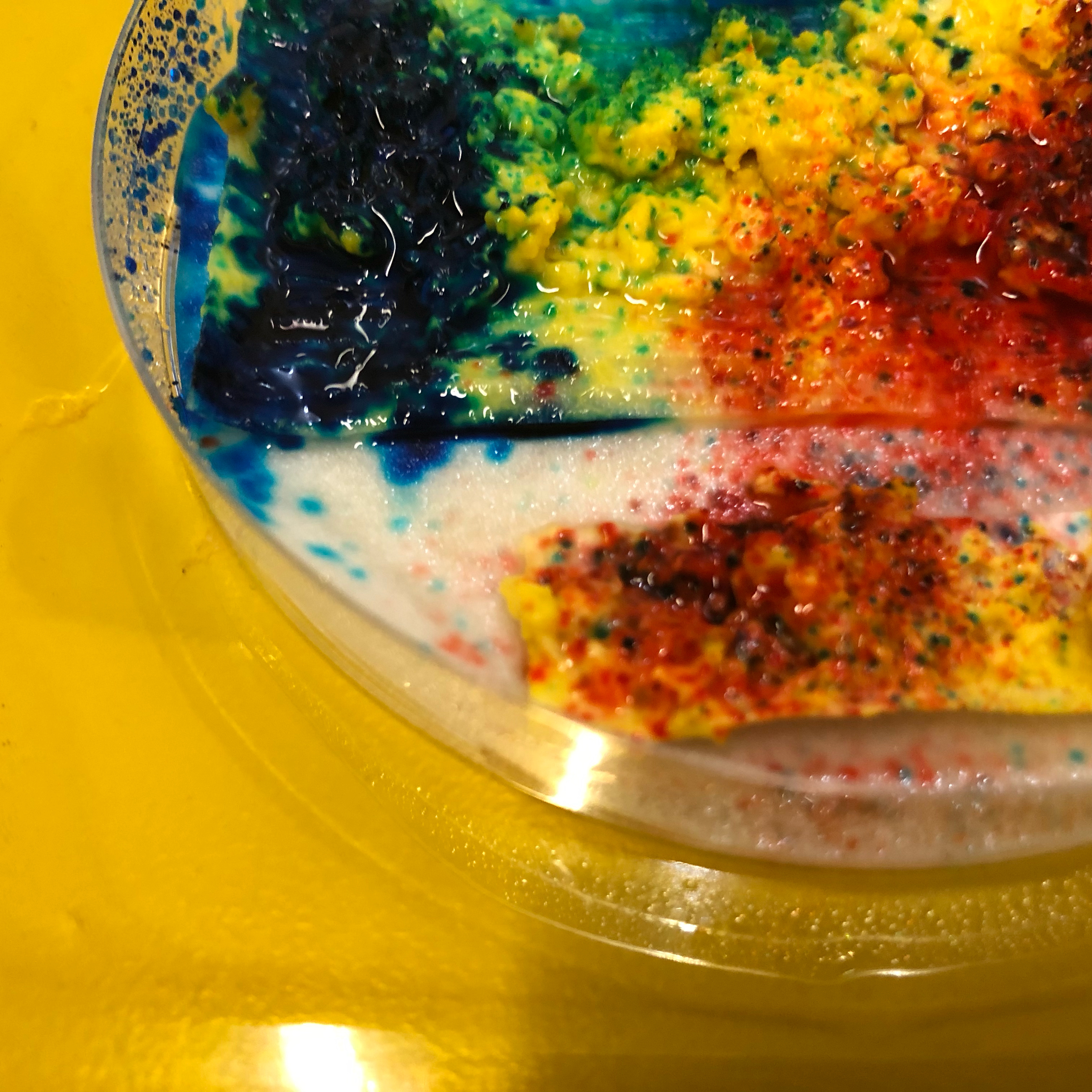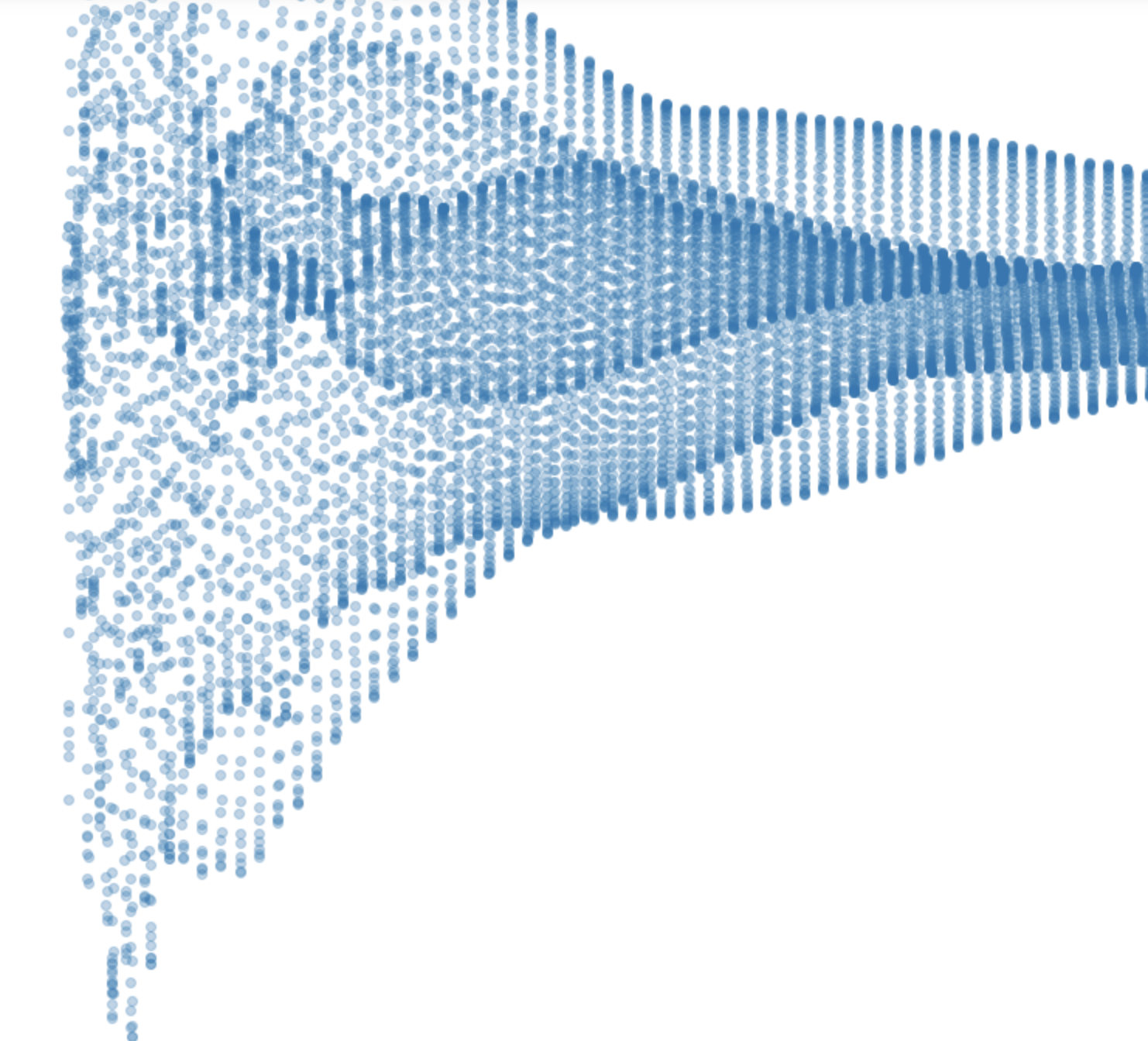Yutian Qin
秦 雨 田
Biomedical Engineering, Electrical Enginnering, Biomdeical Imaging, Signal Processing, Computer Music, Slime Molds Breeder, etc.
MoreGood morning, afternoon or evening! This is Yutian. I am a master student in Biomedical Engineering in Carnegie Mellon. I finished my undergraduate at Tandon School of Engineering, New York University, majoring in Electrical Engineering. I am interested in Digital Signal Processing in Biomedical Application, Computer Music and Acoustics.
I am a researcher following Prof. Gus Xia at Music X Lab, NYUSH. We are currently working on Performance Transfer of Player Pianos, Equal Loudness Curve and Music Biocomputing.
The creature we used for biocomputing is called Physarum polycephalum (also know as Slime Molds). I have been an experienced slime molds breeder since joined the research group. Please contact me if you have any interesting discover to share!
I'm a piano player for sixteen years. I also play a traditonal Chinese musical instrument named Liu-qin (柳琴). I am into musical theathers, rock music and Claude Debussy.

Researches and Projects
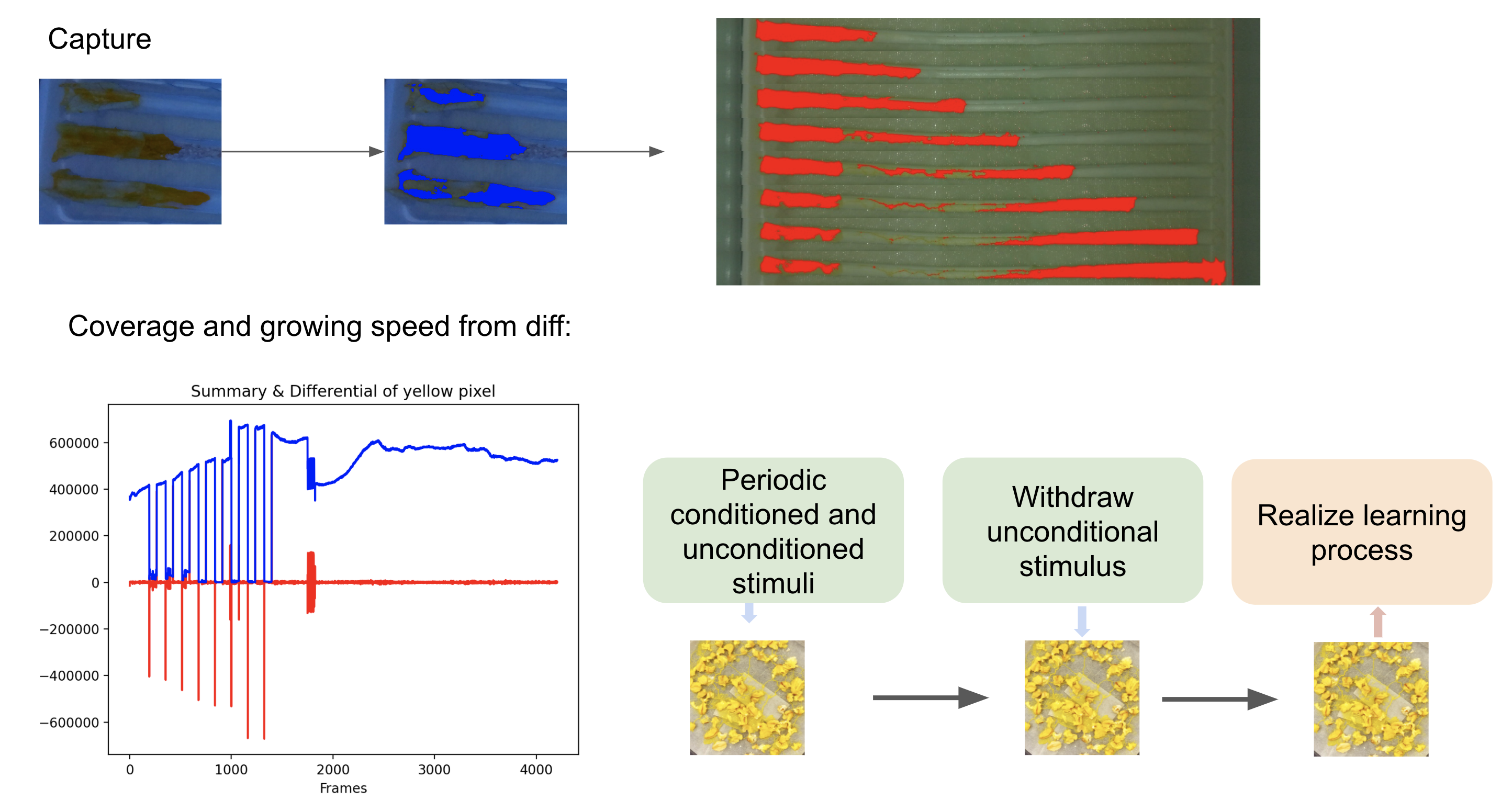
Music Biocomputing with Slime Molds
Slime molds has been proved to have intelligence and can solve problems like mazes. Could slime molds do pattern recognition, say music genre classification?
In our research, we are teaching Slime Molds things to achieve simple learning behavior. We believe it is a promising way to understand what is in the black box of machine learning.
By conditional reflex, slime molds is taught to remenber the period and keep it in its memory. We have tried various stimuli ranging from food to audio noise, some of which showed apparent effects. With thousands of training, we are teaching slime molds to accomplish music classification.
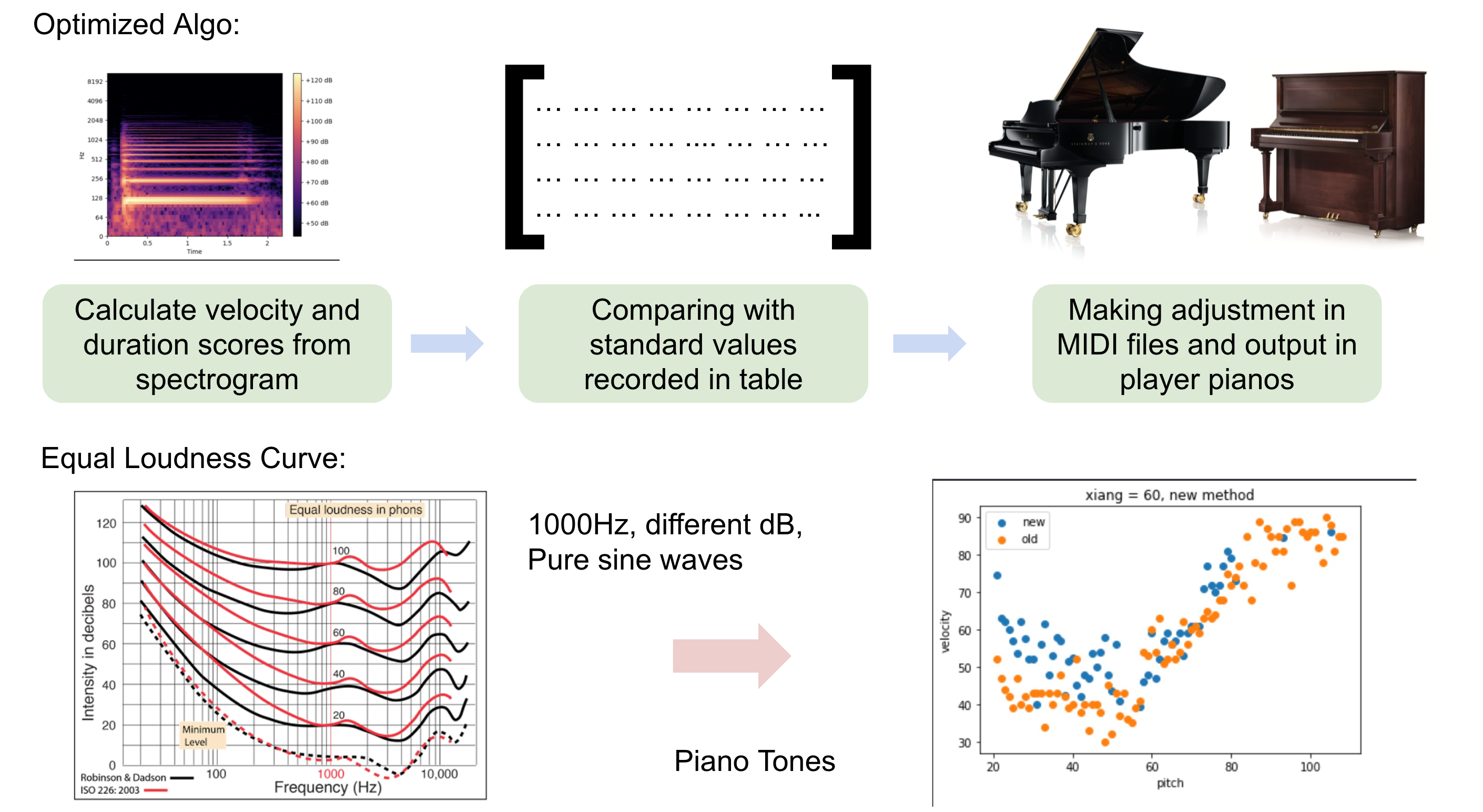
Perceptual Loudness Modelling of Complex Tones for Performance Transfer on Player Piano
Player pianos can recover the performance of top pianoists in your living room! But the different sound fields (you can understand it as different enviroments player pianos are in) make great influence on the transfer quality of performance.
Our algorithm is able to decrease the difference caused by sound fields to a degree as small as possible by mapping.
During the progress of transfering, we found the great influence of psychoacoustic. People have different sensitivities to sounds with the same loudness and different frequencies. Thus, we are working on Equal Loudness Curve of Complex Tones to see how loudness differs for different midi velocities on player pianos.
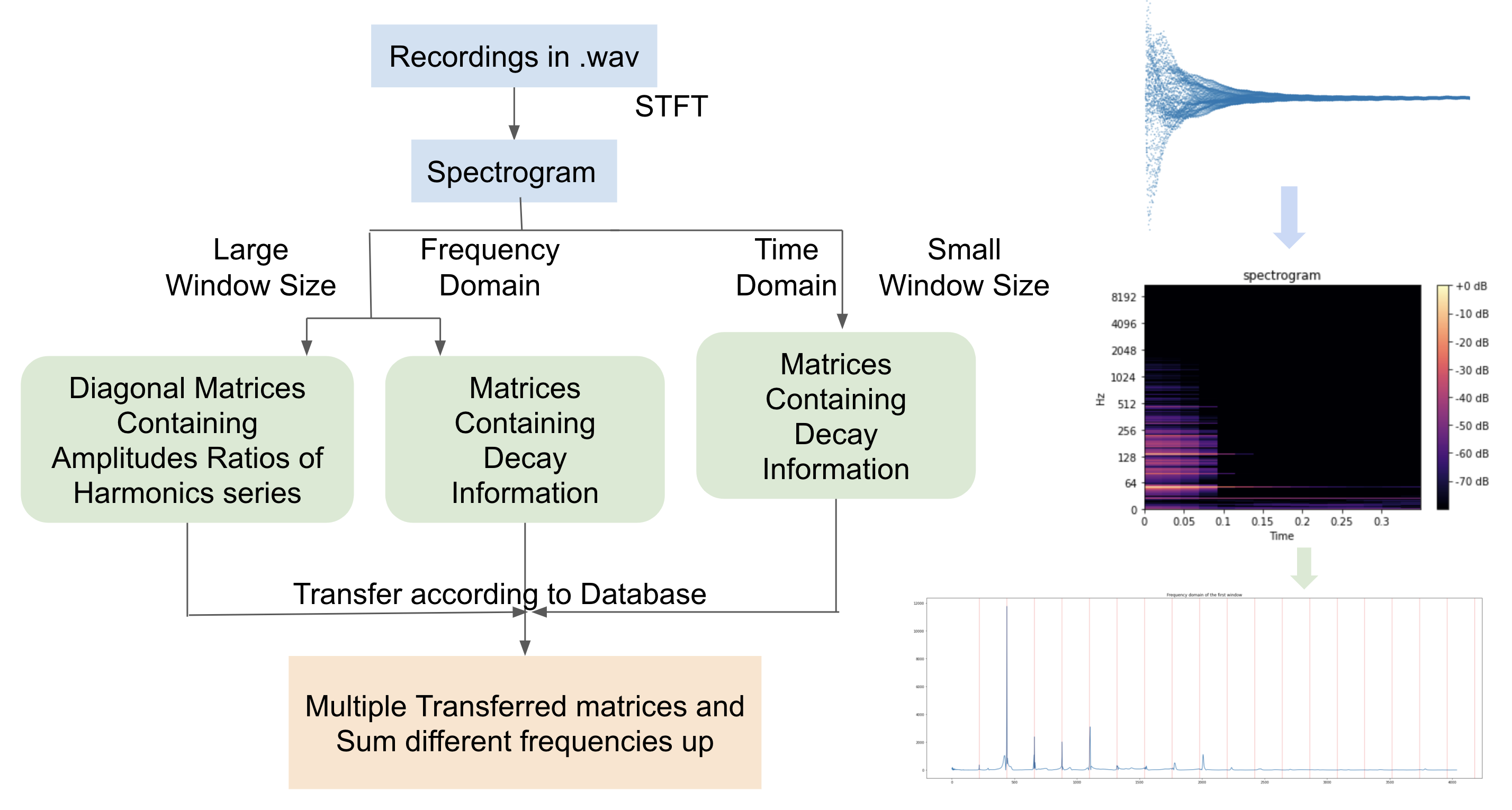
Timber Transfer
The idea came from the electrification of Liu-qin.
The timbre libraries in current softwares or electrical pianos are recordings, which takes up huge memory space. Can we transfer timbre from one instrument to another to another?
By looking into the spectrograms of Liu-qin sounds, I am trying to set up a timbre model to transfer the sounds of the piano into Liu-qin in real time.
It's interesting that looking into the spectrum, I found stretched partials are playing roles in the timbre of a musical instruments. Is there a way to keep these inharmonicities as much as possible while doing transfer?
Blogs
-
[THOUGHTS] Can we say that the whole universe is powered by Nuclear?
-
[2021.06.17] Our third pickup!
-
[2021.06] Volunteer at NIME 2021 in NYUSH. Terrific pres in Afterparty!
-
[SLIME_MOLDog] Slime molds FORESTS
-
[SLIME_MOLDog] Slime molds RAINBOW
-
[THOUGHTS] Soundwaves are beautiful, right?

Meet CD!
He is a great adventurer, insects-collector and brave warrior.
But he never learns how to climb a tree. He loves corns and yourgt.
His favourite writter is Jack London.
